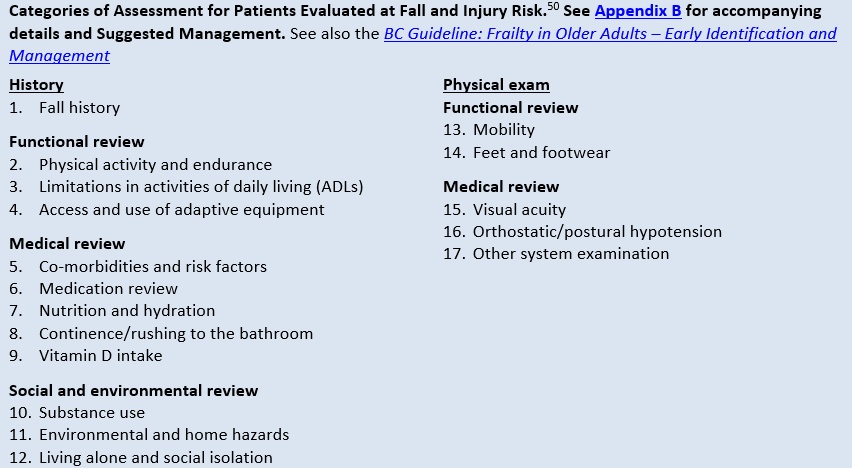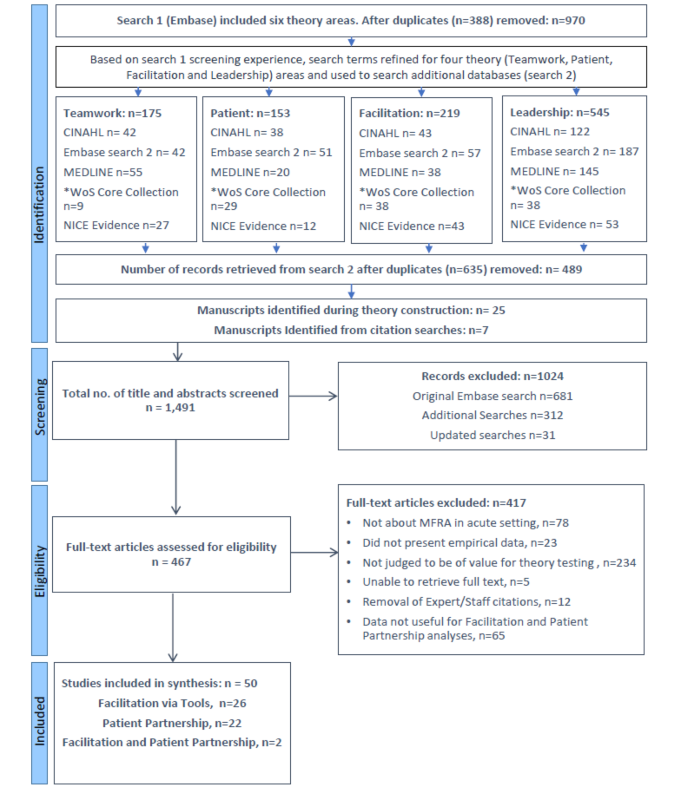How Dementia Fall Risk can Save You Time, Stress, and Money.
The Best Guide To Dementia Fall Risk
Table of Contents10 Easy Facts About Dementia Fall Risk ShownDementia Fall Risk for BeginnersFacts About Dementia Fall Risk UncoveredOur Dementia Fall Risk PDFs
An autumn threat evaluation checks to see how most likely it is that you will fall. The analysis usually consists of: This includes a collection of questions about your total health and if you have actually had previous falls or issues with equilibrium, standing, and/or strolling.Interventions are suggestions that might minimize your risk of dropping. STEADI consists of three steps: you for your risk of dropping for your threat factors that can be enhanced to attempt to prevent falls (for instance, equilibrium problems, damaged vision) to minimize your threat of falling by using reliable strategies (for instance, giving education and resources), you may be asked numerous concerns consisting of: Have you fallen in the past year? Are you worried concerning dropping?
You'll sit down once again. Your provider will inspect the length of time it takes you to do this. If it takes you 12 seconds or more, it might mean you are at higher threat for a fall. This examination checks stamina and equilibrium. You'll sit in a chair with your arms crossed over your upper body.
The positions will get tougher as you go. Stand with your feet side-by-side. Move one foot midway ahead, so the instep is touching the huge toe of your various other foot. Relocate one foot totally before the various other, so the toes are touching the heel of your other foot.
Dementia Fall Risk Things To Know Before You Buy
Most drops happen as a result of several contributing variables; consequently, managing the threat of falling begins with recognizing the elements that add to fall threat - Dementia Fall Risk. A few of one of the most appropriate risk aspects consist of: Background of prior fallsChronic medical conditionsAcute illnessImpaired stride and balance, lower extremity weaknessCognitive impairmentChanges in visionCertain risky drugs and polypharmacyEnvironmental elements can additionally raise the threat for falls, consisting of: Insufficient lightingUneven or damaged flooringWet or unsafe floorsMissing or harmed handrails and grab barsDamaged or improperly equipped devices, such as beds, wheelchairs, or walkersImproper usage of assistive devicesInadequate guidance of individuals living in the NF, including those that show hostile behaviorsA successful loss risk monitoring program calls for an extensive professional evaluation, with input from all participants of the interdisciplinary team

The care plan should additionally include interventions that are system-based, such as those that promote a risk-free setting (suitable lights, handrails, order bars, and so on). The efficiency of the interventions need to be assessed periodically, and the treatment strategy revised as essential to show modifications in the loss risk analysis. Applying a fall threat administration system using evidence-based ideal practice can lower the frequency of falls in the NF, while restricting the capacity for fall-related injuries.
The 5-Minute Rule for Dementia Fall Risk
The AGS/BGS standard recommends screening all adults matured 65 years and older for autumn danger annually. This screening contains asking individuals whether they have dropped 2 or more times in the previous year or looked for medical attention for a fall, or, if they have not fallen, whether they really feel unsteady when walking.
People that have dropped when without injury must have their equilibrium and gait evaluated; those with gait or equilibrium abnormalities should receive added analysis. A background of 1 autumn without injury and without stride or equilibrium problems does not call for additional assessment beyond continued yearly loss risk testing. Dementia Fall Risk. A loss threat evaluation is required as part of the Welcome to Medicare exam

The Ultimate Guide To Dementia Fall Risk
Documenting a drops history is just one of the top quality indicators for loss avoidance and administration. An essential part of danger evaluation is a medication testimonial. Several classes of medications raise loss threat (Table 2). copyright medications in certain are independent forecasters of drops. These medicines often tend to be sedating, alter the sensorium, and impair balance and gait.
Postural hypotension can typically be reduced by lowering the dosage of blood pressurelowering medicines and/or stopping medicines that have orthostatic hypotension as get more a negative effects. Use above-the-knee assistance pipe and copulating the head of the bed raised might also minimize postural decreases in high blood pressure. The advisable components of a fall-focused physical exam are received Box 1.

A TUG time higher than or equal to 12 seconds recommends high fall risk. Being not able to stand up from a chair of knee height without utilizing one's arms indicates increased fall danger.